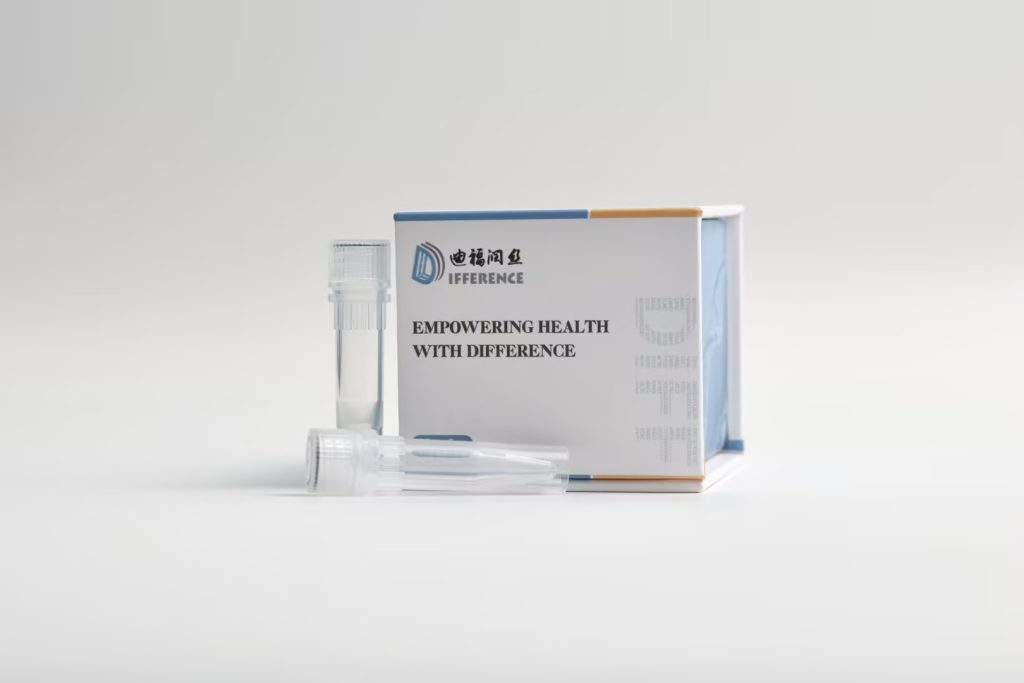Evaluating the effectiveness of protease inhibitors is a complex and systematic process that typically involves multiple considerations. Here are some key evaluation methods and steps:
one、 In vitro experimental evaluation
Enzyme activity inhibition experiment:
Principle: Evaluate the inhibitory effect of inhibitors on proteases by measuring the enzyme activity changes in the presence or absence of inhibitors.
Method: Common methods include fluorescent substrate method, radioactive isotope labeling method, etc., which can sensitively detect changes in protease activity.
Analysis: Based on the degree of decrease in enzyme activity, the effectiveness of the inhibitor can be preliminarily judged.
Cell experiment:
Principle: Evaluate the effect of inhibitors on protease activity and the resulting biological effects at the cellular level.
Method: Add inhibitors to cultured cells and observe changes in cell morphology, proliferation, apoptosis, and other biological behaviors.
Analysis: Combining flow cytometry, Western Blotting, and other techniques, analyze the effects of inhibitors on proteases and their downstream signaling pathways.
two、 In vivo experimental evaluation
Animal model experiments:
Principle: Use animal models of diseases to evaluate the efficacy and safety of inhibitors in vivo.
Method: Administer inhibitors to diseased animals and observe disease progression, physiological changes, and adverse drug reactions.
Analysis: Evaluate the therapeutic effect and safety of inhibitors by comparing the differences between the treatment group and the control group.
Pharmacokinetic studies:
Principle: Study the absorption, distribution, metabolism, and excretion processes of inhibitors in the body to understand their pharmacokinetic properties.
Method: The concentration changes of inhibitors in vivo were determined using techniques such as liquid chromatography-mass spectrometry.
Analysis: Evaluate key indicators such as bioavailability and half-life of inhibitors based on pharmacokinetic parameters.
three、 Comprehensive evaluation
Pharmacodynamic evaluation:
Evaluate the therapeutic effect of inhibitors on diseases based on the results of in vitro and in vivo experiments.
Consider factors such as the dose-response relationship and duration of action of inhibitors.
Security assessment:
Pay attention to the toxic reactions and adverse events of inhibitors in the body.
Evaluate its safety through long-term toxicity experiments, genetic toxicity experiments, etc.
Economic evaluation:
Consider the production cost, market price, and economic burden of inhibitors on patients and society.
Conduct a cost-benefit analysis to evaluate the economic feasibility of its clinical application.
four、 Other considerations
Target specificity: Evaluate the selective inhibitory effect of inhibitors on target proteases, reducing off target effects and side effects.
Drug interactions: Study the interactions between inhibitors and other drugs to avoid adverse drug interactions.
Patient compliance: Consider the impact of factors such as the administration method and dosage adjustment of inhibitors on patient compliance.
In summary, evaluating the effectiveness of protease inhibitors requires the comprehensive use of multiple experimental methods and evaluation indicators to comprehensively examine the efficacy, safety, and economy of inhibitors from multiple perspectives. In practical operation, it is also necessary to develop corresponding evaluation plans based on the characteristics of specific drugs and diseases.
Share on:
Facebook
Twitter
Pinterest
WhatsApp
Recent posts
We recommend


